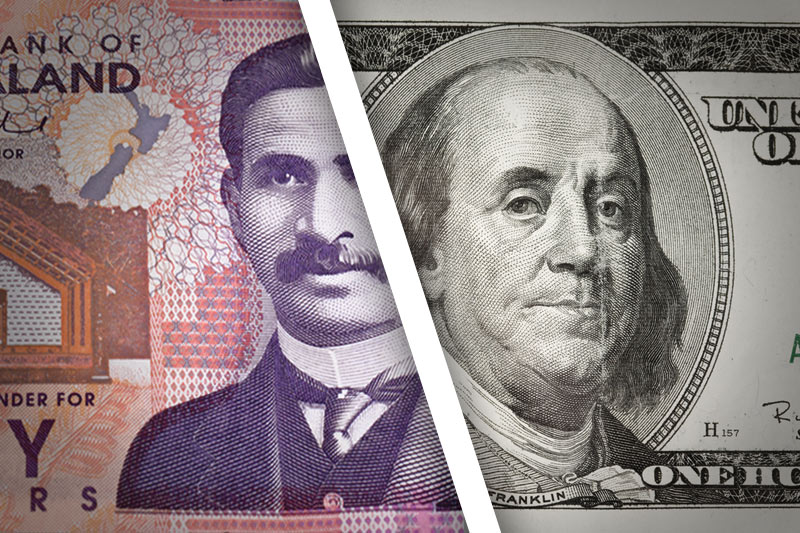
The New Zealand dollar was the worst performer for the day after the Reserve Bank of New Zealand struck a somewhat dovish tone at its meeting.
The dollar index and dollar index futures recovered further from recent losses, steadying in Asian trade after Powell flagged cooling in the labor market and progress towards bringing down inflation.
But the Fed Chair said that any reductions in interest rates will be largely dependent on data, and reiterated the Fed’s commitment to meeting its 2% inflation target.
Traders largely maintained bets on a September rate cut after Powell’s comments- bets that had battered the dollar in recent weeks. But the greenback found some support as Powell’s comments also put upcoming consumer price index inflation data squarely in focus.
The reading is due on Thursday and is expected to show inflation remained sticky in June.
The New Zealand dollar weakened on Wednesday, with the NZDUSD pair sinking 0.5%.
Losses in the kiwi came as the RBNZ kept rates steady and flagged progress in bringing inflation back to its 1% to 3% annual range. The central bank also said that it could loosen policy on further easing in inflation.
This saw traders ramp up bets that the RBNZ could cut rates at least once in 2024, especially if inflation cools more than expected.
The Japanese yen remained fragile, with the USDJPY pair rising 0.1% and coming back in sight of recent 38-year highs.
Japanese producer price index inflation data showed that while factory inflation picked up in June, it still remained relatively weak, furthering doubts over whether the Bank of Japan will have enough impetus to keep tightening policy.
The Chinese yuan was also weak, with the USDCNY pair rising slightly back towards highs last seen in November.
Chinese CPI inflation shrank in June, reflecting little confidence to spend among consumers. This raised questions over just how much of an economic recovery was actually underway in the country.
But Chinese PPI inflation improved, shrinking at its slowest pace since February 2023.
Still, Chinese disinflation largely remained in play.
Broader Asian currencies moved in a flat-to-low range, as strength in the dollar pressured regional markets. The Australian dollar’s AUDUSD pair rose 0.1%, while the South Korean won’s USDKRW pair rose 0.2%. A Bank of Korea rate decision is due on Thursday, with the BOK likely to keep rates unchanged.
The Singapore dollar’s USDSGD pair moved little, as did the Indian rupee’s USDINR pair.
To read the full article, Click Here

